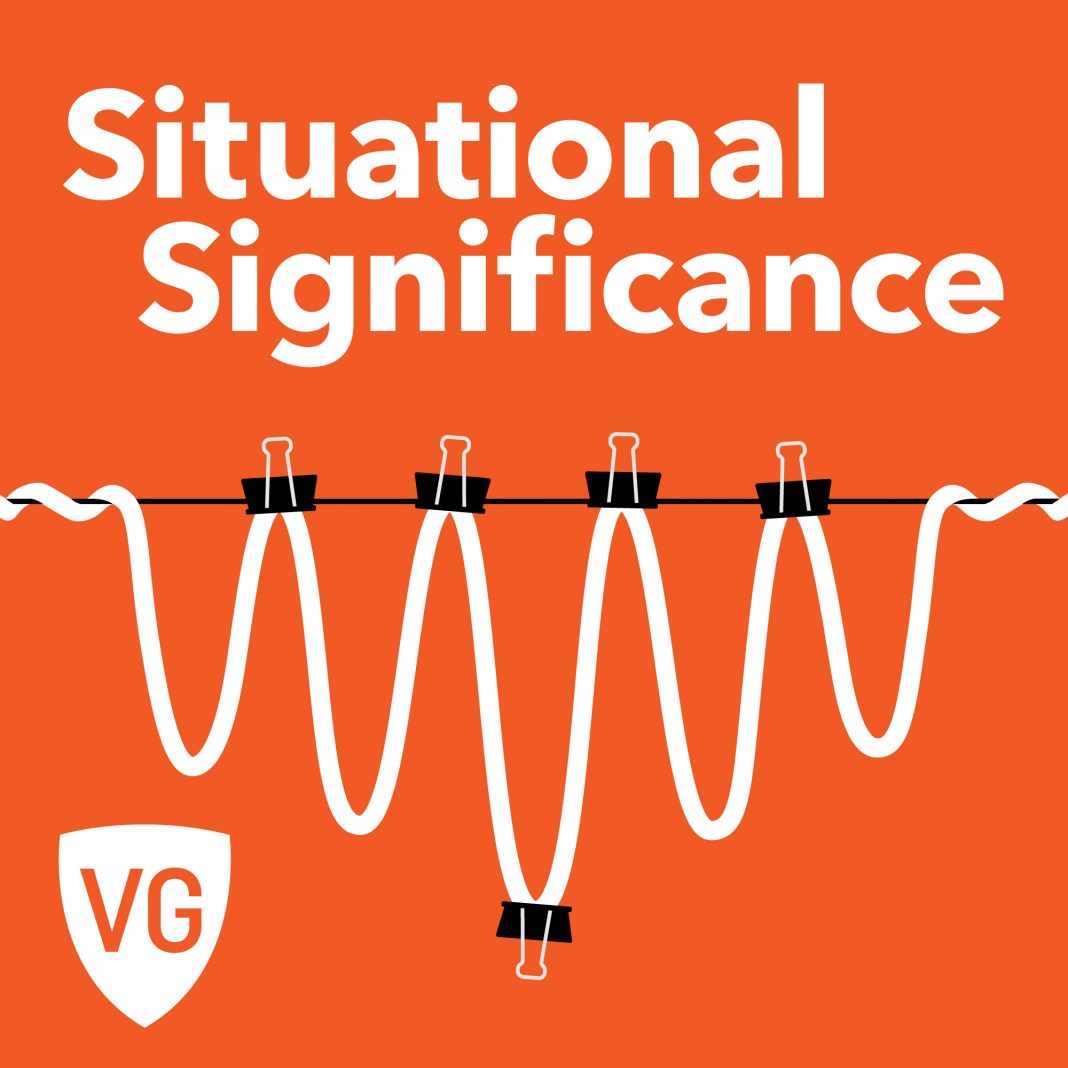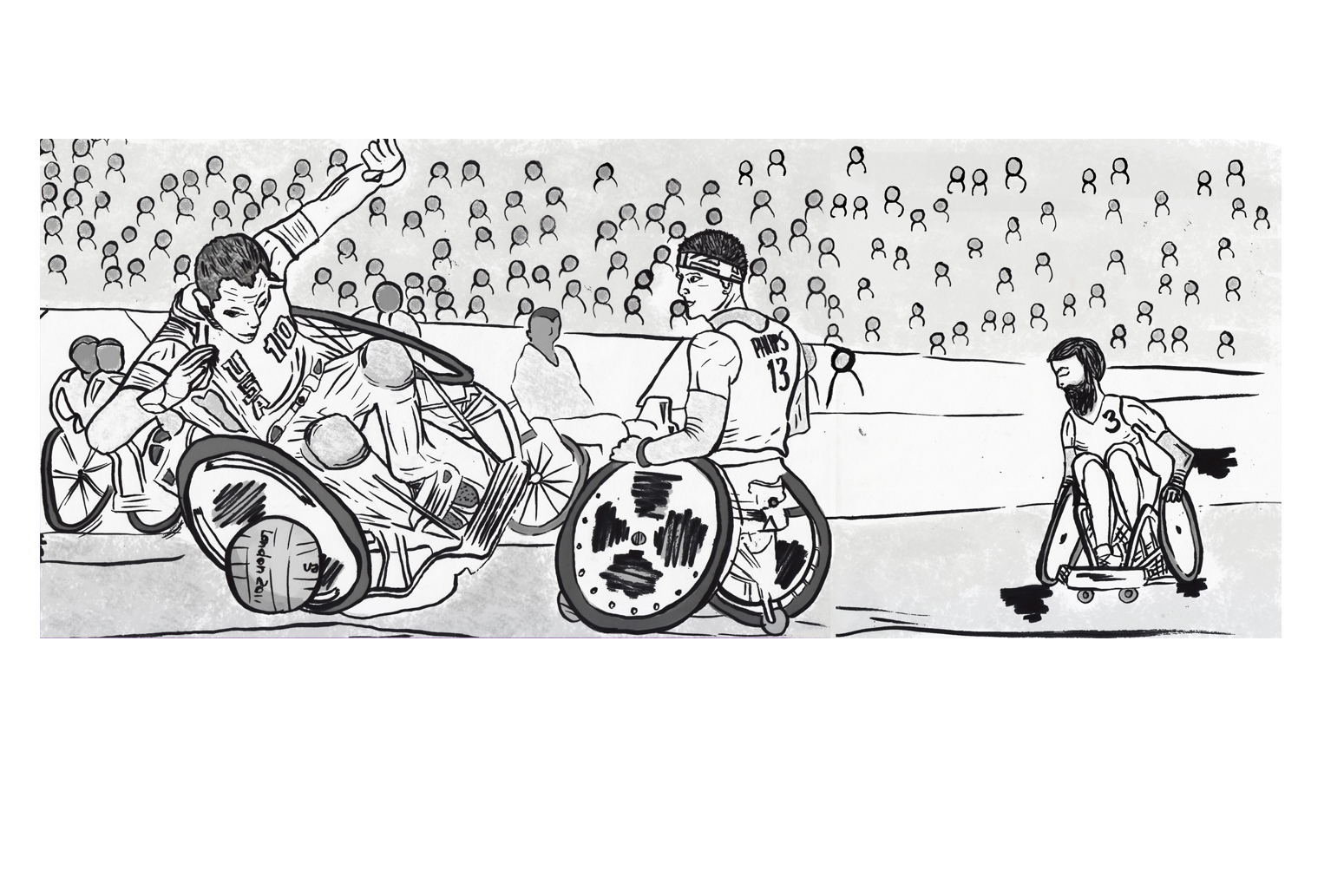Discover what democracy looks like
Nearly two years ago, beginning Nov. 30, almost 100,000 people took to the streets of Seattle to protest a summit meeting for the World Trade Organization. Surprisingly, the protesters won. The meetings were postponed and more importantly, if only for a week, the world was forced to at least acknowledge the fact that there may me great injustices occurring as a result of globalization and corporate greed.
“This Is What Democracy Looks Like,” which screens Tuesday, Nov. 6 as part of the Northwest Film and Video fest, documents the tumultuous week and does a good job of it. The film is a composite of hundreds of hours of videotape, shot by protesters, journalists and curious passersby.
It offers some history and facts about the WTO and globalization then moves to the streets and eventually to the jails where hundreds of protesters were held. This film was edited from over 350 hours of video footage. The Independent Media Center was created that week to serve as a launching pad for dissemination of the data collected in the streets. The Web site indymedia.org received 1.5 million hits that week. The footage collected and featured in this film is raw, true and a much more accurate representation than what appeared on network television.
As you may have guessed, this film focuses on, and is sympathetic to, the cause of the protesters. It shows what democracy can and should look like. The sight shocks many of us because we have become accustomed to not having our voices heard and allowing capital to rule. Possibly for the first time ever, people also took the media into their own hands.
“Democracy” includes some of the slanted, alarmist and mis-informed network news coverage that ran that week, but is mainly compiled from the donated footage. The film begins with some background info, moves to the chaotic first day and stays with the dwindling numbers as 600 are cuffed and corralled onto city busses. In one scene, an activist tells the camera how the cops told them to move into a city park for “safety,” then began arresting everyone. As he talks, two officers in riot gear approach him from behind, zip ties in hand.
The event was unique because people from all walks of life, fighting for different causes, hit the streets. The film includes revealing pre-and post-event interviews, as well as dozens from the street. There are some statements from police, but none from other local authorities, corporate spokespersons or delegates.
The film is narrated by actress Susan Sarandon and musician/activist Michael Franti. In addition to street footage it includes pre- and post-event interviews with labor, direct action organizers and others. Perhaps the most insightful interview is with the scholar Dr.Vandana Shiva, an East Indian who often speaks out on the dangers of genetically engineered food.
I attended the protest with a group of over 20 Portland State students and every time I see images from the protest, I get chills. It was one of the most inspiring, enlightening events of my life. Many people in “Democracy” say the same thing. The film captures the event and tells the story but of course cannot wholly capture the feeling from the streets. More information on the WTO could have been included. I also thought that the film went a little easy on the police. It showed a lot of the violence and gassing and even gave facts about health risks and fatalities linked to the nerve gas that was used on protesters. It is important to remember that the police were doing their jobs, some of them against their will. One close up of an officer’s eyes behind his mask almost made me cry. He looked horrified and on the verge of tears himself. Perhaps his college-age daughter was locked down in an intersection in front of him, or perhaps he was conscious of the economic atrocities and hardship around the world that the thousands of people in Seattle want to end.
The film does a good job of analyzing the disparate voices among the protesters themselves. They didn’t all agree all the time. Labor activists had slightly different agendas than environmentalists and some more radical groups. Without all the diversity, the protests wouldn’t have been as powerful. After the opening meetings were shut down, some WTO delegates took the street to talk to protesters. Many were shocked that so many people, mostly American, would care so much about world affairs. Inspired by the actions, some delegates bravely admitted their own dislike of the WTO and the negative affect of free trade on their countries citizens.
“This is What Democracy Looks Like,” is probably the best all-purpose general-interest film on the subject. It is definitely worth checking out, if for no other reason than to see what democracy looks like.
The film, directed by Jill Freidberg and Rick Rowley, plays Tuesday Nov. 6 at the Portland Art Museums Whitsell Auditorium, 1219 S.W. Park as part of the Northwest Film and Video fest.



